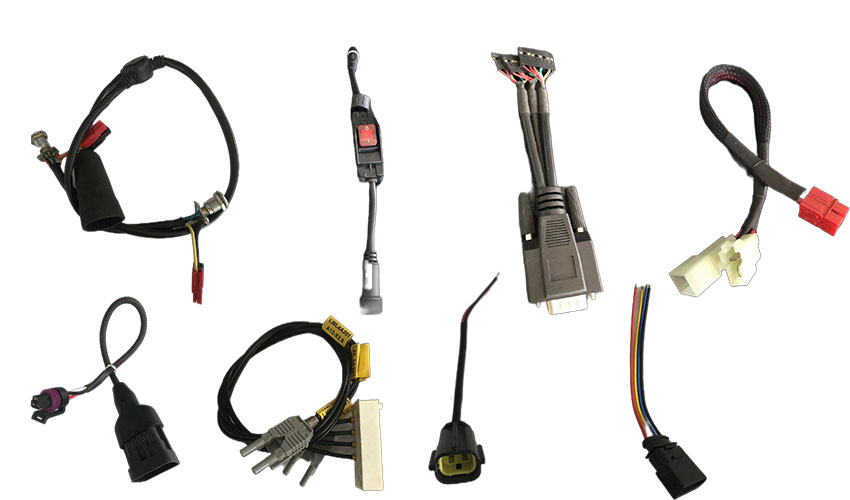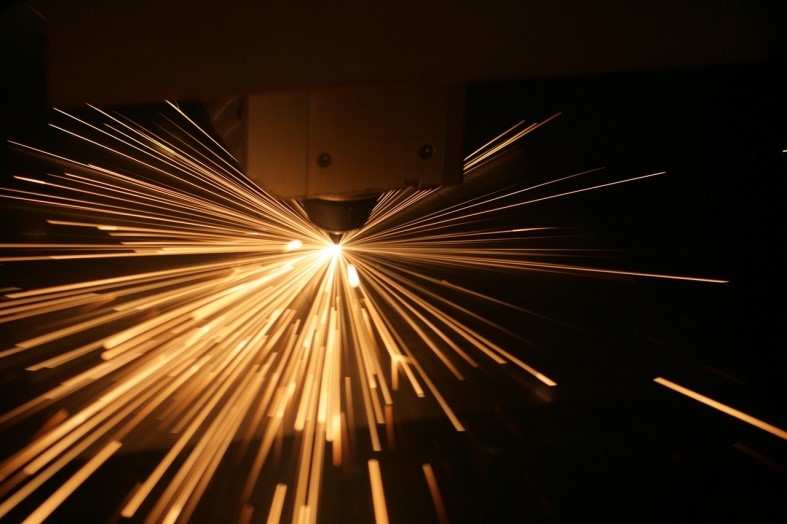Introduction
From cars to home appliances and industrial machinery wire harnesses are essential parts of many electronic devices. By enabling electrical connections that permit functionality and performance they act as the central nervous system. Higher quality more dependable wire harnesses are becoming more and more in demand as technology develops. Meeting industry standards is only one aspect of improving wire harness manufacturing quality another is guaranteeing the end products efficiency safety and dependability. The top ten factors for raising the caliber of wire harness manufacturing are examined in this article.

1. Material Selection
The performance and dependability of wire harnesses are greatly influenced by the materials chosen. Although copper and aluminum are commonly used to make conductors copper is the material of choice because of its superior conductivity and corrosion resistance.
Performance is also greatly impacted by the insulation materials used such as silicone Teflon or PVC. For example PVC is more affordable for less demanding settings but Teflon provides better thermal stability making it perfect for high-temperature applications.
Both mechanical durability and electrical performance can be impacted by selecting the appropriate conductor and insulation materials. For instance longevity in automotive applications requires the use of an appropriate insulation material that can tolerate frequent exposure to chemicals and oil. When choosing materials manufacturers also need to take into account aspects like weight flexibility and environmental resistance.
2. Design Precision
Wire harnesses must be precisely designed to satisfy both mechanical and electrical specifications. In the design stage engineers need to consider a number of electrical properties including resistance levels voltage ratings and current capacity. These requirements need to match the wire harness intended use in order to avoid problems like electrical failure or overheating. Mechanical strength is also crucial wire harnesses must be able to withstand physical strains like vibration bending and thermal expansion without losing their structural integrity.
Making detailed schematics that take these factors into consideration can be facilitated by using sophisticated design software. Furthermore using simulation tools can assist in forecasting a harness performance in various scenarios enabling modifications prior to production starting.
3. Machining Technologies
Efficiency and quality can be greatly impacted by the machining technologies used in the production of wire harnesses. Ultrasonic welding stripping crimping and cutting are common methods. Depending on the particular application each approach has advantages. For instance crimping is frequently used to join connectors to wires because it enables a robust mechanical connection without sacrificing electrical integrity.
Ultrasonic welding is another cutting-edge method that joins materials at the molecular level without the need for extra adhesives or soldering by using high-frequency vibrations. When heat could harm delicate components this technique is especially helpful. Manufacturers should take production volume material types and desired precision levels into account when choosing machining technologies. Purchasing cutting-edge equipment can increase precision and decrease production waste.

4. Soldering Quality Control
Soldering remains a fundamental process in wire harness assembly for creating reliable electrical connections. However, poor soldering practices can lead to cold joints or overheating—both of which compromise connection reliability. To ensure high-quality solder joints, manufacturers should implement strict quality control protocols.
Temperature control is paramount and maintaining consistent soldering temperatures helps prevent damage to components while ensuring proper melting of solder materials. Visual inspections should also be conducted post-soldering to identify any defects early on. Automated inspection systems equipped with cameras can enhance this process by providing real-time feedback on solder joint quality.
Moreover, training personnel in proper soldering techniques is essential. Skilled workers who understand the nuances of soldering can significantly reduce defect rates and improve overall product quality.
5. Insulation and Protection
In order to protect wire harnesses from environmental hazards like moisture chemicals and extreme temperatures the insulation layers selected are essential. Knowing the applications particular requirements as well as the operating environment is essential to choosing the best insulation material.
For example because of their superior chemical resistance and thermal stability manufacturers may choose to use cross-linked polyethylene (XLPE) or fluorinated ethylene propylene (FEP) in automotive applications where exposure to heat and oil is frequent. By adding additional abrasion resistance protective measures like conduit or braided sleeves can also increase durability.
While choosing insulation materials it is also critical to take industry standards into account. Specific rules pertaining to environmental impact and flammability ratings are required to be followed during production in many industries.
6. Testing and Verification
Finding possible flaws in wire harnesses before they are delivered to clients requires a thorough testing procedure. Quality control can be ensured throughout the manufacturing process by using a variety of testing techniques.
Functional testing confirms that every wire harness performs as intended. Systems for automated testing can replicate real-world scenarios to evaluate performance under pressure. Tests for continuity look for any open circuits or shorts in the harness and tests for insulation resistance make sure the insulation is intact and free of leaks.
In addition to assisting in the early detection of flaws putting in place a strong testing protocol shows customers that you are dedicated to quality control.
7. Environmental Factors Consideration
Wire harness designs must take into account environmental adaptability since they often operate in challenging conditions. Factors such as temperature extremes, humidity levels, exposure to chemicals or UV light can all affect performance over time.
Wire harnesses for example must be able to withstand corrosion from exposure to saltwater and continue to function at different temperatures for marine applications. Aerospace applications on the other hand might call for lightweight materials that maintain structural integrity even under the most severe altitude variations.
Manufacturers can produce wire harnesses that are not only useful but also robust enough to endure challenging circumstances over the course of their lifetime by taking these environmental factors into account during the design stage.
8. Cost-Benefit Analysis
In the production of wire harnesses striking a balance between cost reduction and upholding high standards of quality is essential. Finding areas where efficiencies can be achieved without compromising quality is made easier for manufacturers by a comprehensive cost-benefit analysis.

By minimizing inventory complexity and guaranteeing consistent performance across products standardizing components across various product lines can lower costs. Using lean manufacturing techniques to optimize assembly processes can also result in significant labor cost and waste reductions.
9. Continuous Improvement
As technology advances and market demands change the wire harness manufacturing industry is always changing. Manufacturers can maintain their competitiveness by adopting a culture of continuous improvement which involves gradually improving production procedures. Real-time data analytics on production efficiency and product quality metrics can be obtained through innovative technologies like Industry 4.0 solutions which include Internet of Things devices.
Manufacturers can swiftly and intelligently decide on process enhancements thanks to this data-driven approach. Furthermore creating an atmosphere that welcomes suggestions for improvements from staff members can result in creative fixes that raise the caliber of output and boost productivity.
10. Conclusion
A multifaceted strategy that includes material selection design accuracy machining technologies soldering quality control measures insulation choices extensive testing procedures environmental considerations cost management techniques and a dedication to continuous improvement is needed to improve the manufacturing quality of wire harnesses. The performance and dependability of wire harnesses can be greatly enhanced by manufacturers by giving priority to these ten factors which will ultimately result in safer and more effective electronic devices across a range of industries.
External links:
https://en.wikipedia.org/wiki/Soldering
https://link.springer.com/article/10.1007/s13391-014-4222-3
https://www.iaeng.org/publication/WCE2012/WCE2012_pp1727-1732.pdf
https://www.livescience.com/50326-what-is-ultraviolet-light.html





